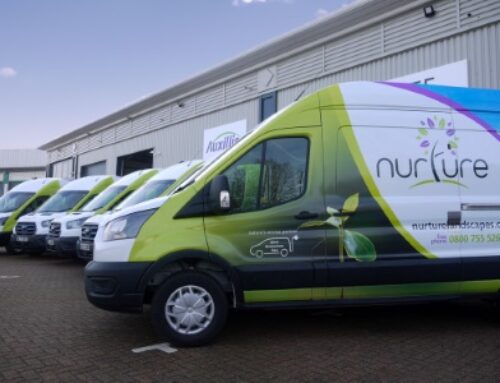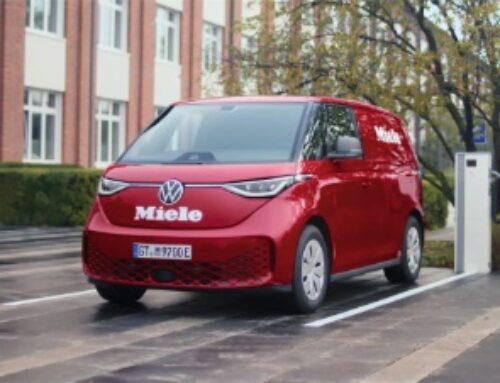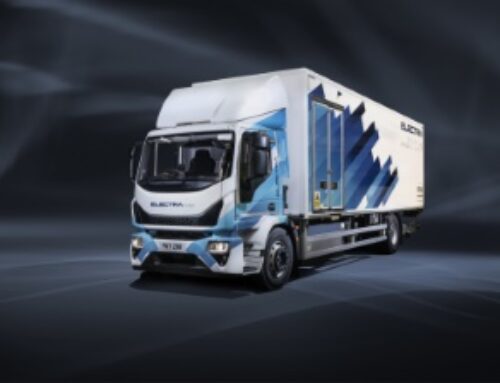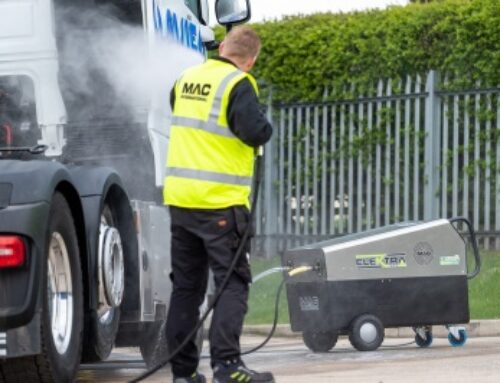Get on board with on-vehicle power
 When a vehicle breaks downs due to tyre problems, it is a tyre repair company’s job to get the customer back on the road as quickly as possible. So, instead of waiting for drivers to come to them, more businesses are taking their services to the customer, to fit or repair their tyres on the road.
When a vehicle breaks downs due to tyre problems, it is a tyre repair company’s job to get the customer back on the road as quickly as possible. So, instead of waiting for drivers to come to them, more businesses are taking their services to the customer, to fit or repair their tyres on the road.
Winton’s commercial manager Paul Smith explains why compressed air driven by a modern on-vehicle power system enables mobile operators to work more efficiently.
Mobile power is required for many tasks carried out by tyre operators on the road, whether they fit car, commercial or agricultural tyres. This has often meant towing a separate generator and/or compressor, carrying them in the back of a vehicle or arranging for these items to be delivered to site.
This approach doesn’t come without difficulties; equipment doesn’t always turn up on time, or might not even turn up at all. And if a separate compressor is used, the driver will need to ensure a fuel or power source is available on site.
But there is an alternative: on-vehicle power. This involves a vehicle being professionally converted so that the power of the engine is used to drive auxiliary equipment. Winton on-vehicle power systems can provide compressed air, electric power and hydraulic power or high-pressure water jetting for commercial vehicles used by mobile tyre fitting operators.
However, traditional on-vehicle power solutions, such as those based on petrol-driven piston technology, can be noisy and almost always require a written scheme of examination by law.
Energy efficiency
 Our solutions are unique in that they use Mattei rotary vane compressors in the design, and this delivers many benefits, including the crucial reduction of fuel consumption compared to other systems. Small and compact, these compressors are ideal for mobile tyre fitting operators, delivering pressures of up to 13bar.
Our solutions are unique in that they use Mattei rotary vane compressors in the design, and this delivers many benefits, including the crucial reduction of fuel consumption compared to other systems. Small and compact, these compressors are ideal for mobile tyre fitting operators, delivering pressures of up to 13bar.
Safer, cleaner conditions
Although traditional on-vehicle power solutions can remove the need for towing or carrying equipment in the back of a vehicle, they can be noisy. Considering that employees operating from mobile workshops spend most of their workday in and around their vehicles, quieter systems can provide safer and more comfortable working conditions.
Winton’s on-vehicle power systems operate at only 72dB(A), which is well below the level at which employers must provide hearing protection and hearing protection zones. Winton’s systems can also lower exhaust emissions to benefit both employees and the environment.
Less admin
The Pressure Systems Safety Regulations 2000 stipulates that ‘users and owners of pressure systems are required to demonstrate that they know the safe operating limits (principally pressure and temperature) of their systems, and that they are safe under those conditions.’ To demonstrate this, a pressure system which could cause injury due to accidental release of stored energy and pressure, should be checked in accordance with a written scheme of examination if it equals or exceeds 250 bar litres. This document also needs to be put in place before the system is operated.
This needs to be done for most traditional on-vehicle power, as the ‘bar litres’ of their compressor systems (the maximum pressure in bar multiplied by the internal capacity in litres of the air receiver) tend to be equal to or exceed 250 bar litres. However, Winton’s systems have been designed to operate below this threshold, thereby removing this extra admin and cost of needing a written scheme of examination, leaving vehicle owners to concentrate on running their business and serving customers.
Winton’s on-vehicle power systems can include a compressor, generator, inverter and/or hydraulic power, alongside a range of ancillary equipment, including racking and workbenches, external light bars and work lights. They can be fitted to a wide range of commercial vehicles, from light commercial vehicles to 26 tonne lorries.
For further information please visit www.onvehiclepower.com.










